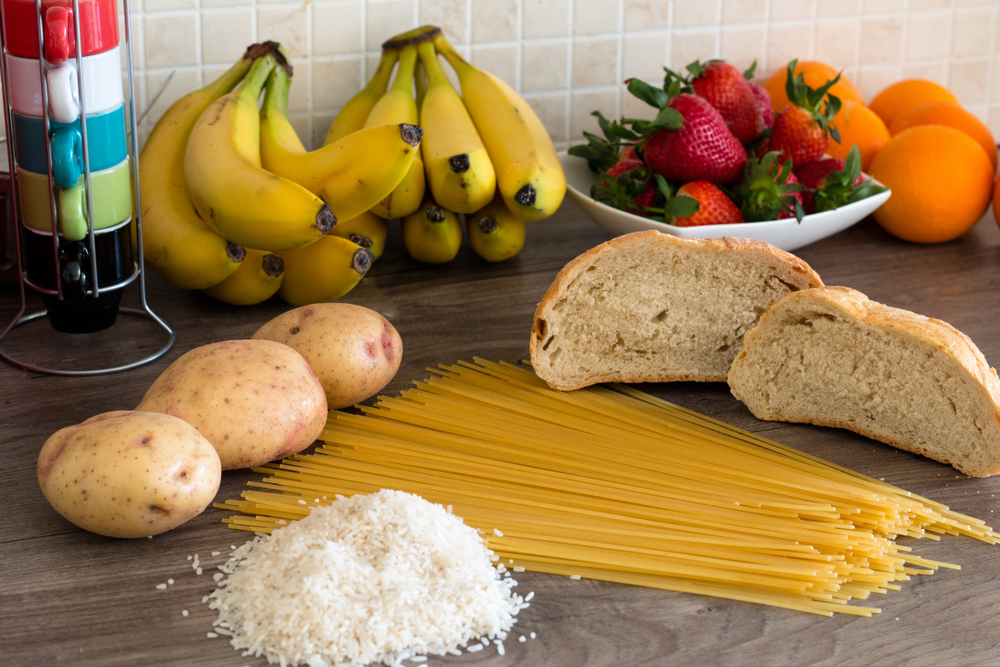Proven Methods to Effectively Handle Diverticulitis
Learn effective strategies to manage diverticulitis, a common digestive condition involving inflammation of pouch-like structures in the colon. This article covers causes, symptoms, treatment options, and when surgery might be necessary, guiding patients toward better management and recovery.

Proven Methods to Effectively Handle Diverticulitis
Diverticulitis, also known as colon diverticulitis, is a digestive disorder characterized by inflammation of small pouch-like structures called diverticula along the colon wall. The condition ranges from mild to severe, including ongoing or acute episodes that may require medical attention. Persistent inflammation can lead to significant pain and complications.
Causes and Symptoms
The exact cause is not fully understood, but a diet lacking in fiber is believed to play a role. Low fiber intake forces the colon to exert more effort to move stool, which may lead to pouch formation and bacterial infection, causing inflammation.
This condition’s symptoms depend on severity and duration, which can last from hours to days. Common signs include lower abdominal pain, tenderness, cramps, which may worsen with movement, along with diarrhea, constipation, fever, chills, bloating, nausea, and appetite loss.
Management and Treatment
Most cases can be effectively managed with appropriate care, leading to recovery. Even chronic cases often respond well with proper treatment. Mild symptoms might be treated at home through pain relief, dietary changes, and regular monitoring. For manageable pain and stable symptoms, healthcare providers may suggest:
Pain management strategies
Outpatient care for simpler cases
Initial low-fiber diet until symptoms improve, then gradually increasing fiber intake
More serious cases needing hospitalization may require fasting, IV fluids, and medications. After symptoms improve, patients should adopt a high-fiber diet and undergo diagnostic tests like colonoscopy to rule out other conditions such as cancer or inflammatory bowel disease.
Surgical Options
In rare cases involving complications like abscesses or colon perforation, surgery might be necessary. Procedures include removing the affected section of the colon and reconnecting healthy tissue. Sometimes, a temporary colostomy is performed to divert stool, with reversal planned later. Surgery is typically reserved for recurrent severe episodes or serious complications like perforation, bleeding, or persistent infections. Approximately 6% of diverticulitis cases require surgical intervention, with some patients experiencing recurrence despite treatment.
Consult your healthcare professional for tailored treatment options. Surgical decisions depend on individual health status and disease progression.
Important Reminder:
This website provides educational content on various health topics. While helpful, this information does not replace professional medical advice. Always seek guidance from a healthcare provider for diagnosis and treatment of medical conditions.


